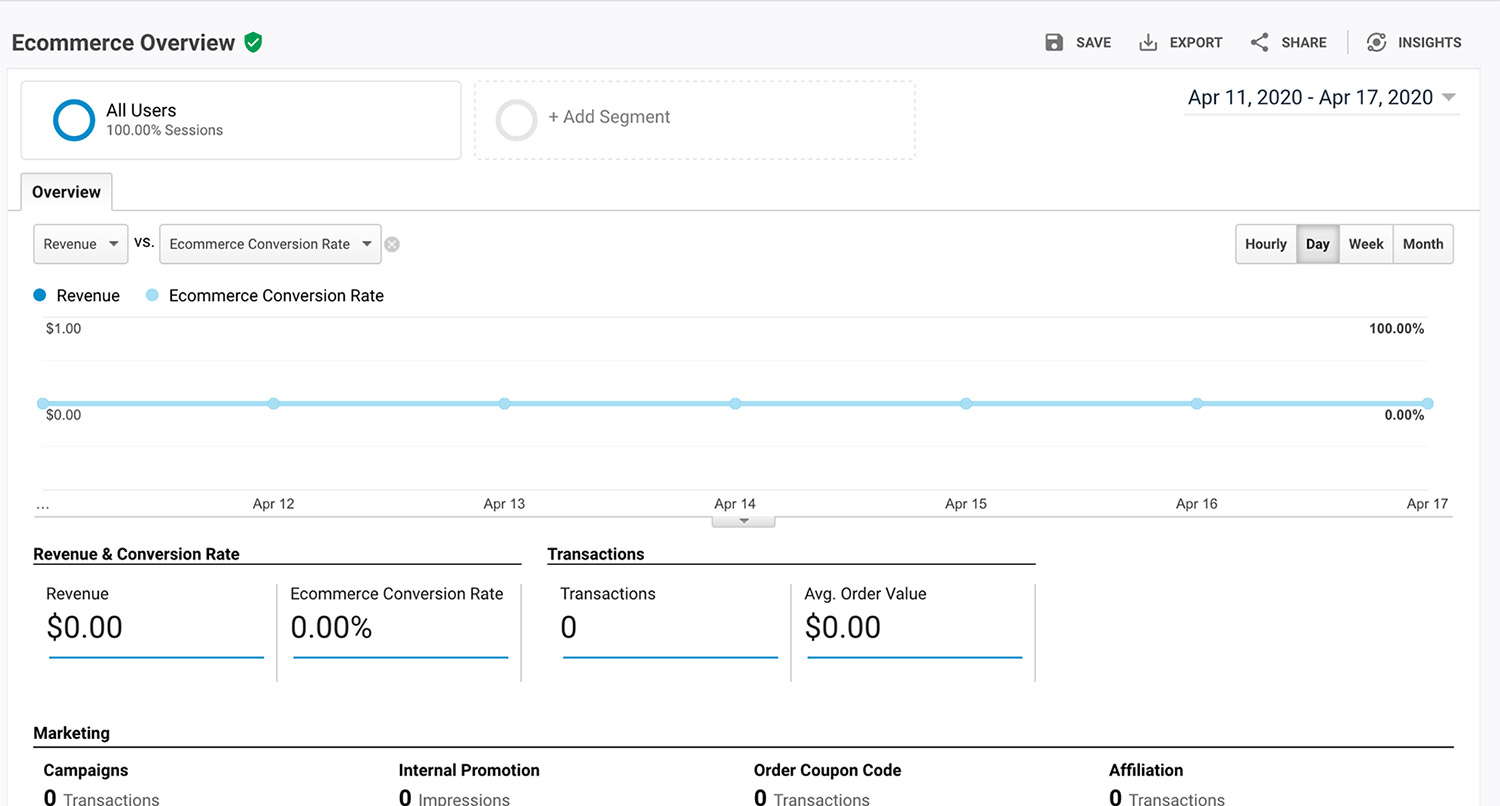
Using Google Website Tools
There are a number of different tools Google offers you to track how people are finding and using your website. And the data from these tools can help you to figure out what changes you need to make to your website to make it better and easier for people to use. And ultimately, that will help your website achieve the goals you set for it. So let’s talk about all of these tools so you can use them on your website.
How to Connect Google Tools to Your Website
The first thing you’re going to need to do is connect your website to the various Google tools. Normally you would have to dive into the code to do this for each service. But if you have a WordPress website, you can use the Site Kit by Google plugin to connect your website to each service all at once. And you won’t have to worry about adding in any code to your website to do it.
So let’s learn more about the Site Kit plugin and how you can use it on your WordPress website.

A look at the Google Site Kit plugin
Last month Google released the Google Site Kit plugin. It’s definitely an interesting plugin. So what does it do and what can it offer your website?
Google Analytics
Google Analytics is by far the most popular of the tools that Google offers for your website. This is where you can see what pages people are viewing on your website. You can also see how many people are coming to your site and how long they are staying on your site.
If you have an online store, you can also use the Enhanced Ecommerce feature to easily see how people are moving through your sales funnel to see where problems might be in the process. Or you can set up your own goals and funnels to track how your website is doing. Once you know what you’re doing, the sky is really the limit with what you can see and track.
There is a lot to learn about with Google Analytics so that you can get a better picture of how people are using your website so you can make your site even better. So let’s dive into Analytics.

Getting started with Google Analytics
You’ve probably heard about Google Analytics. But maybe you haven’t had the time to look into it. Well, now’s as good as time as any. We take a look at what it is, how it can help your business and website and how to get it up on your website.

Five things to do on your Google Analytics account
Google Analytics provides a treasure trove of information about your website’s usage stats. But it can be overwhelming when you look at it for the first time. So here are five things you can do to get started.

Hooking up your ecommerce store to Google Analytics
Getting Google Analytics set up for your website is great. But if you run an ecommerce website, did you know that you can also track your ecommerce stats? Here’s how you can do it and why you should set it up today.
Google Search Console
While Google Analytics is great for seeing what people are doing on your website, it doesn’t tell you how people are getting to your website through Google searches. That’s where Google Search Console comes into play.
If you’re focusing on improving your website’s SEO, you have to use Search Console. Search Console allows you to see how your site’s content is appearing in search results. You can see how many impressions pages are getting, how many clicks your pages are getting, your rankings for each page and even search queries that your content is appearing in. It’s a real treasure trove of information that you can see.
So let’s dive into learn more about how you can get started using Google Search Console to see how well your site’s doing in search results.

A look around your Google Search console account
Google Search Console is a powerful tool, especially when it comes to tracking your SEO efforts. But it can be a bit overwhelming at first. So here’s a look at the top things you can do with your Search Console account.
Google Tag Manager
If you want to track more advanced analytics and stats on your website, you’re going to need to use Google Tag Manager to add them to your site.
With Tag Manager, you can see how many people are clicking a specific call to action button or filling out a lead generation form. Or you can track how far people are scrolling down your pages.
Plus, you can use Tag Manager to add in tracking scripts for other services, like Hotjar, Crazy Egg and others. And you don’t have to worry about messing with any code. Tag Manager will insert the code on its own. And it makes managing all of your tags a breeze.
So let’s take a dive into how you can get started with Google Tag Manager today.

Four tags you should create in Google Tag Manager
Google Tag Manager is a great tool for website analytics. But it can be confusing when you’re first learning how to use it. So here are four tags you can create to get you started.
Google Pagespeed Insights
Website page speed is everything these days. If your website isn’t loading quickly, people are going to leave and go elsewhere. No one wants to waste their time.
But how do you know if your website is loading quickly and what to do if it’s not? That’s where Google PageSpeed Insights comes into play. PageSpeed Insights will give your webpage a score for both the mobile and desktop versions that’s easy to understand. And it will tell you how you can improve your site’s page speed.
So let’s take a look at how you can use Google PageSpeed Insights to make your website load as quick as possible.

What is Google PageSpeed Insights and why does it matter?
Your page loading time is extremely important in today’s web. And Google PageSpeed Insights helps you figure out the ways you can speed up your website right now.

Keeping your website speed quick without paying too much
Time is money. And if your website is taking a long time to load for viewers, that’s money you could be losing out on. So here are some ways to keep your site fast without paying tons of money.

Take that Next Step
Ready to help your business grow with an awesome new website? Or ready to get help managing your current website while you focus on running your business? Now is the time to get started! Click one of the links to the right to get started right now and get the help you need to help your business in this digital age.
